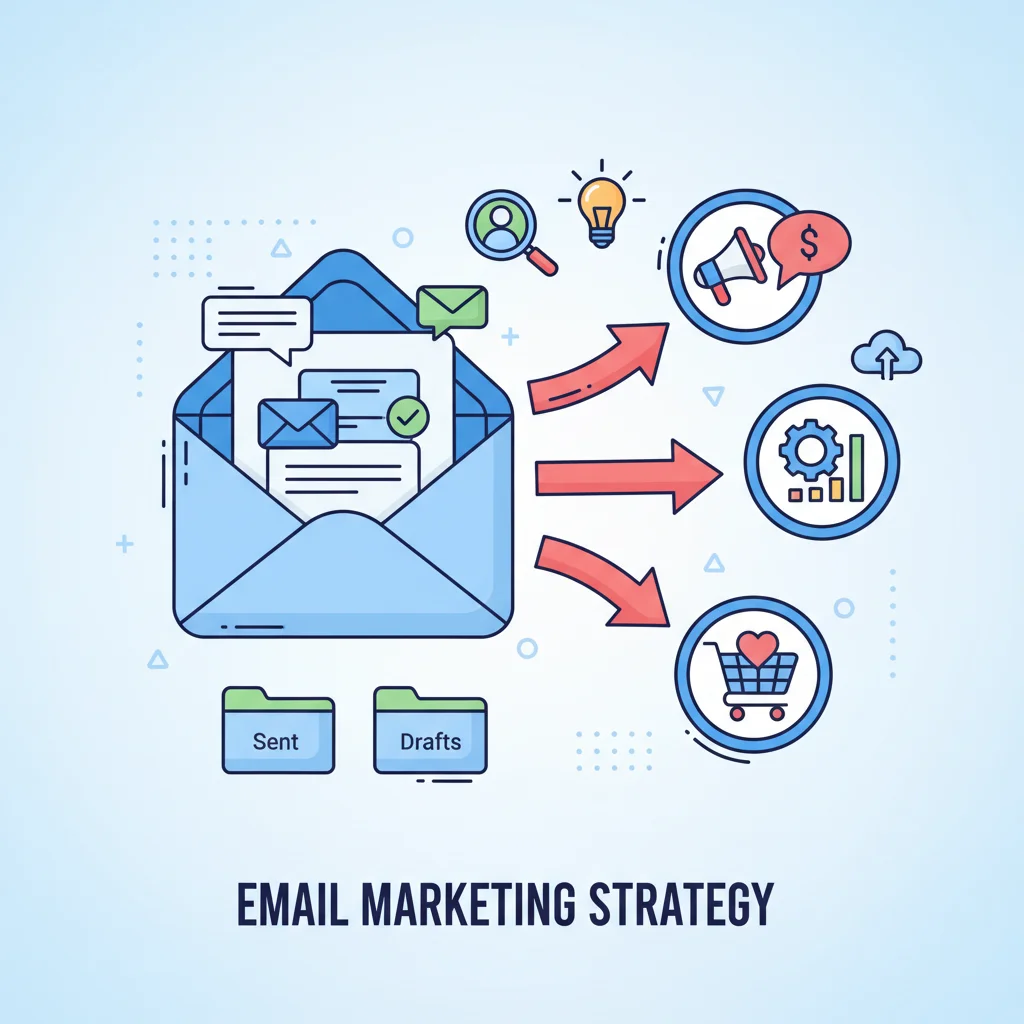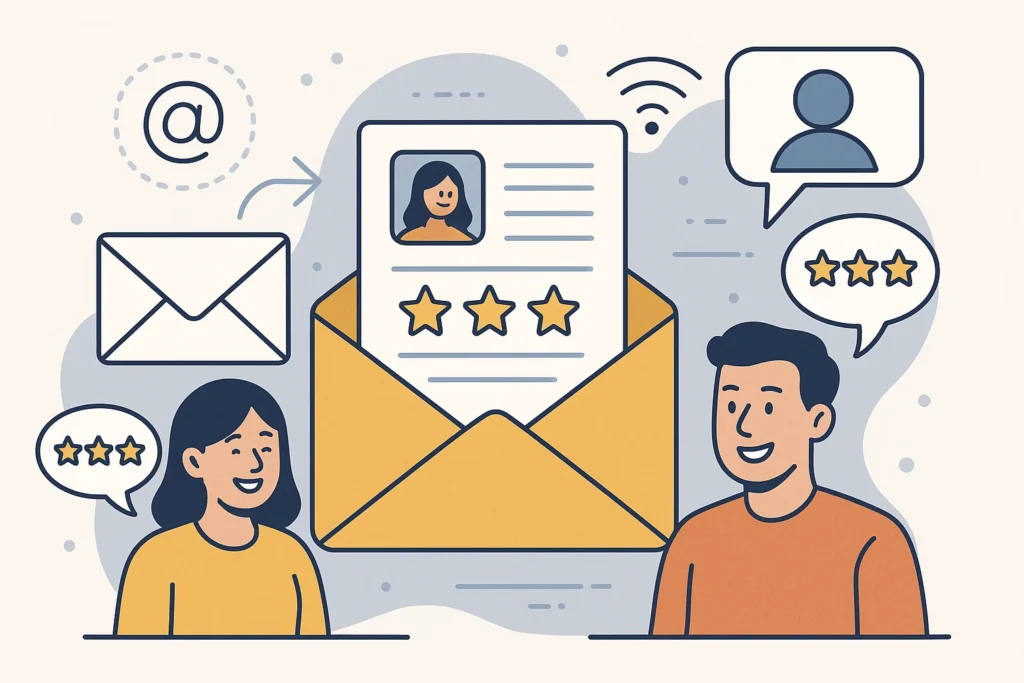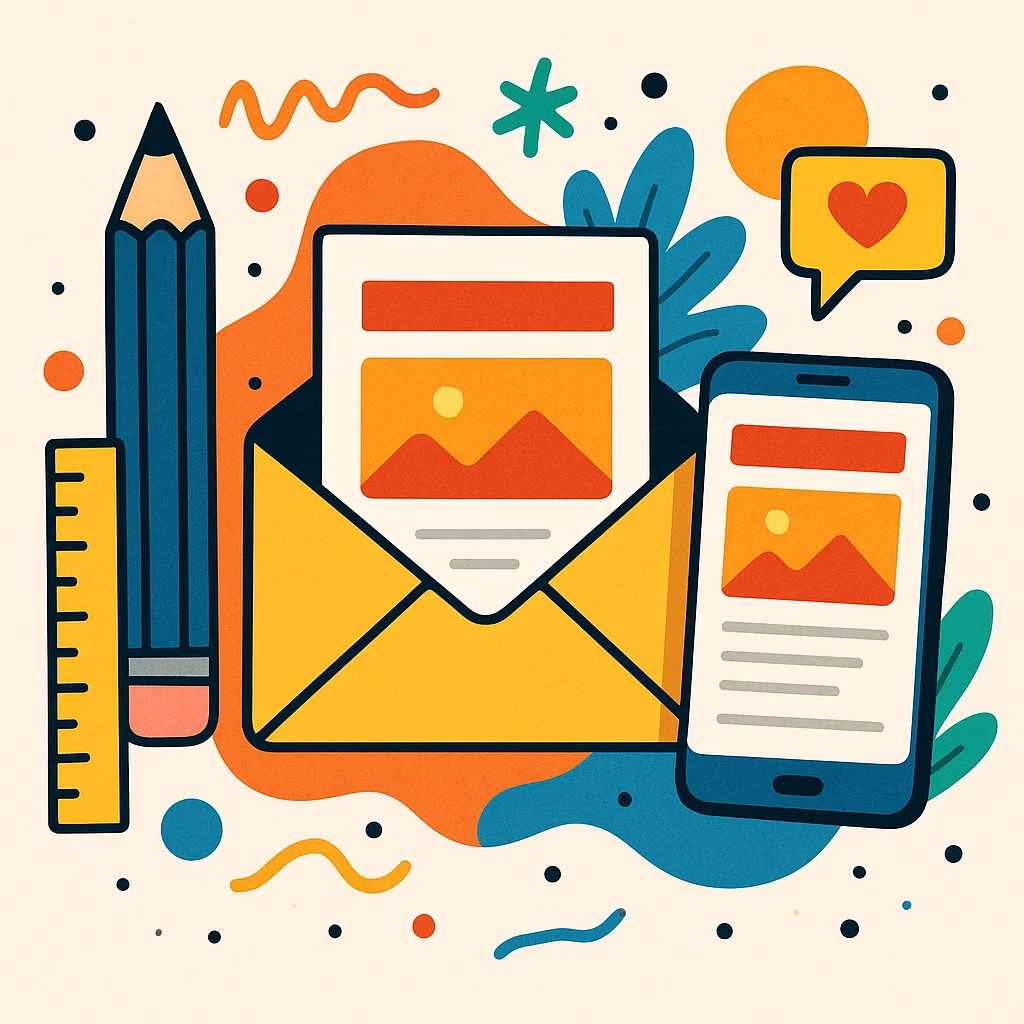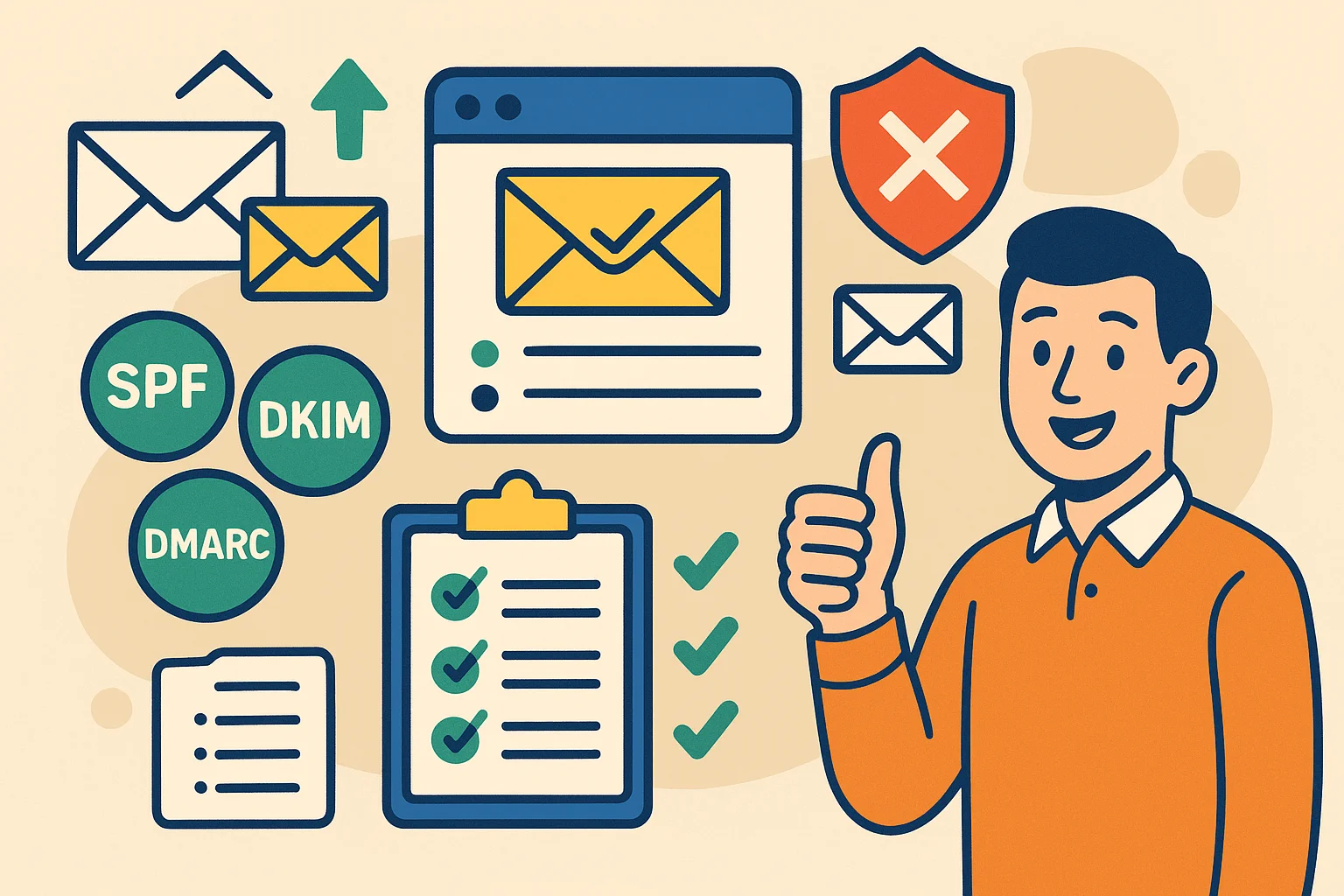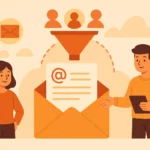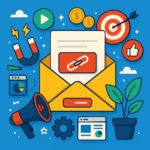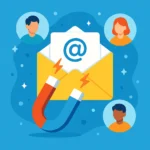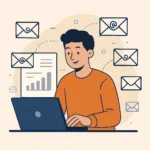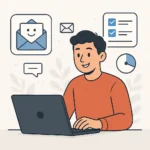Now Reading: The Smart Way to Segment Email List for Better Targeting
-
01
The Smart Way to Segment Email List for Better Targeting
The Smart Way to Segment Email List for Better Targeting

Want to instantly improve your email marketing results without spending an extra dime? Learning how to segment email list for better targeting is the most underutilized strategy that can transform your campaigns overnight. I’m about to show you exactly how to divide your subscribers into strategic groups that make your offers irresistible, your content more relevant, and your conversion rates climb-all by using data you already have.
Key Takeaways
- Segment your email list by demographics (age, location), behavior (purchase history, email engagement), and preferences to send highly relevant content.
- Start with 2-3 basic segments like active vs. inactive subscribers or new vs. loyal customers before creating more complex segments.
- Collect relevant data through sign-up forms, website tracking, purchase history, and surveys to power your segmentation strategy.
- Use dynamic segmentation that automatically updates as subscriber behavior changes to keep your targeting fresh and accurate.
- Measure results by comparing open rates, click-through rates, and conversions between different segments to refine your approach.
What Is Email List Segmentation?
Let’s get real-blasting the same email to your entire list is like shouting into a crowded room and hoping the right person hears you. Not exactly efficient, right?
Email list segmentation is the practice of dividing your subscribers into smaller, targeted groups based on specific criteria. Instead of that one-size-fits-all approach, you’re creating personalized experiences that make subscribers feel like you’re reading their minds.
When you segment email list for better targeting, you’re essentially saying, “Hey, I see you as an individual with unique needs and interests” rather than “You’re just another email address in my database.”
The numbers don’t lie-segmented email campaigns generate 30% more opens and 50% more click-throughs than non-segmented campaigns. That’s because relevance drives engagement, and engagement drives conversions.
Useful Articles:
Types Of Email Segmentation Strategies
There are countless ways to slice and dice your email list. Let’s break down the most effective segmentation strategies that’ll give you the biggest bang for your buck.
Demographic segmentation
This is segmentation 101-the basics that everyone should start with:
- Age or generation: Millennials, Gen Z, and Baby Boomers respond to very different messaging and offers
- Geographic location: Target based on country, region, or city (perfect for location-specific offers or events)
- Gender identity: Useful for certain products or services with gender-specific appeals
- Income level: Helps tailor pricing strategies and product recommendations
- Job title or industry: Essential for B2B email marketing
For example, a clothing retailer might segment by location to send winter coat promotions to northeastern subscribers in October, while Florida subscribers receive lightweight options with completely different messaging.
Behavioral segmentation
This is where things get juicy. Behavioral segmentation looks at how subscribers interact with your brand:
- Purchase history: What they’ve bought, how often, and how recently
- Email engagement: Open rates, click-through rates, and overall interaction
- Website activity: Pages visited, products viewed, time spent on site
- Cart abandonment: Products left behind in shopping carts
- Content consumption: Which blog posts, videos, or resources they’ve engaged with
A software company might segment users who’ve engaged with specific feature tutorials and send them advanced tips for those features, while sending beginners more basic content.
Psychographic segmentation
Dig deeper into the psychology driving your subscribers:
- Interests and hobbies: What they’re passionate about outside of your products
- Values and beliefs: What matters most to them (sustainability, luxury, value, etc.)
- Lifestyle choices: How they live and what they prioritize
- Pain points and challenges: The problems they’re trying to solve
A fitness brand might segment subscribers interested in weight loss differently from those focused on building muscle, creating entirely different content streams for each.
Lifecycle stage segmentation
Where is your subscriber in their journey with your brand?
- New subscribers: Just joined your list, still learning about your brand
- Active customers: Currently engaged and purchasing
- At-risk customers: Showing signs of disengagement
- Lapsed customers: Haven’t purchased in a while
- Loyal VIPs: Your biggest fans and most frequent buyers
Each stage requires different messaging. New subscribers need welcome sequences and introductory offers, while loyal VIPs deserve exclusive perks and early access to new products.
Step-By-Step Guide To Segment Email List
Ready to roll up your sleeves and start segmenting? Here’s your roadmap:
Step 1: Audit your current data
Before creating segments, take stock of what data you already have:
- Review your email platform’s subscriber fields
- Check your CRM for customer information
- Identify gaps in your data that need filling
Make a list of the most valuable data points you have access to. You might be surprised by how much useful information you’ve already collected!
Step 2: Define your segmentation goals
What are you trying to achieve with segmentation?
- Increase open rates?
- Boost conversions?
- Reduce unsubscribes?
- Improve customer retention?
Your goals will determine which segmentation strategies make the most sense. If you’re focused on retention, lifecycle segmentation might be your priority. If you’re looking to boost conversions, behavioral segmentation could be key.
Step 3: Start with basic segments
Don’t overcomplicate things at the beginning. Start with 2-3 broad segments:
- Active vs. inactive subscribers
- Customers vs. prospects
- New subscribers vs. longtime subscribers
These simple segments can make a big difference in your email performance right away.
Step 4: Create your segmentation rules
Now it’s time to get specific about how you’ll divide your list:
- Define clear criteria for each segment
- Set thresholds that make sense (e.g., “inactive” means no opens in 90 days)
- Create segments that don’t overlap too much
For example, a segment of “high-value customers” might include anyone who has spent over $500 in the last 6 months and opened at least 30% of your emails.
Step 5: Build targeted content for each segment
Different segments need different content:
- Craft subject lines that speak to each segment’s interests
- Develop email content that addresses specific pain points
- Create offers that make sense for each group
A segment of price-conscious shoppers might receive emails highlighting discounts, while a segment of luxury buyers gets content focused on exclusivity and premium features.
Step 6: Test and refine your approach
Segmentation is never “set it and forget it”:
- A/B test different approaches for each segment
- Monitor performance metrics by segment
- Regularly update your segments as subscriber behavior changes
What works for one segment might flop for another. Testing helps you discover these differences and optimize accordingly.
Useful Articles:
Advanced Segmentation Techniques
Ready to take your segmentation to the next level? These advanced techniques can supercharge your results.
Predictive segmentation
Use AI and machine learning to predict future behavior:
- Likelihood to purchase
- Potential customer lifetime value
- Churn risk
- Product recommendations
Many advanced email platforms now offer predictive tools that analyze past behavior to forecast future actions.
Dynamic segmentation
Unlike static segments that you manually update, dynamic segments automatically adjust based on subscriber behavior:
- Subscribers move between segments as their behavior changes
- New subscribers are automatically categorized
- Segments stay fresh without manual maintenance
For example, a “high-engagement” dynamic segment might automatically include anyone who has opened at least 3 of your last 5 emails, with subscribers moving in and out of this segment as their engagement levels change.
Cross-channel segmentation
Combine data from multiple sources:
- Email engagement
- Social media interaction
- Website behavior
- In-store purchases
- Mobile app usage
This 360-degree view allows for incredibly precise targeting based on how customers interact with your brand across all touchpoints.
Micro-segmentation
Create hyper-specific segments for maximum relevance:
- Combine multiple criteria for laser-focused targeting
- Create segments as small as 1-5% of your list
- Develop highly personalized content for each micro-segment
For example, instead of just “female customers,” you might target “female customers aged 25-34 who live in urban areas, have purchased skincare products in the last 30 days, and have clicked on content about sustainability.”
Email Segmentation Best Practices
Follow these guidelines to get the most from your segmentation efforts:
Keep it simple at first
Don’t try to create 20 segments right out of the gate:
- Start with 2-3 key segments
- Master those before expanding
- Focus on segments that align with your primary business goals
You can always add more sophisticated segments as you get comfortable with the process.
Maintain clean data
Segmentation is only as good as your data:
- Regularly clean your email list
- Remove inactive subscribers
- Update and verify contact information
- Consolidate duplicate records
Dirty data leads to ineffective segmentation and poor results.
Respect privacy regulations
Always stay compliant with data protection laws:
- Only collect data you have permission to gather
- Be transparent about how you’ll use subscriber information
- Provide clear opt-out options
- Follow GDPR, CCPA, and other relevant regulations
Breaking privacy laws can result in hefty fines and damage to your brand reputation.
Test different segmentation approaches
There’s no one-size-fits-all segmentation strategy:
- A/B test different segmentation criteria
- Compare performance between segments
- Try combining different types of segmentation
What works for one business might not work for another. Testing helps you discover what resonates with your unique audience.
Don’t over-segment
While segmentation is powerful, it’s possible to go too far:
- Avoid creating segments with too few subscribers
- Don’t make your segments so specific that content creation becomes unmanageable
- Balance personalization with efficiency
If you’re creating new email content for 30 different segments, you’ve probably gone too far. Find the sweet spot between relevance and practicality.
Segmenting email lists isn’t just a nice-to-have strategy-it’s essential for anyone serious about email marketing results. By dividing your subscribers into targeted groups, you deliver more relevant content that drives engagement, builds relationships, and boosts your bottom line. Start with a few basic segments, then gradually refine your approach as you learn what resonates with your unique audience. Your subscribers will thank you with their attention, their clicks, and ultimately, their loyalty. So go ahead-segment email list for better targeting and watch your email marketing transform from good to extraordinary.


